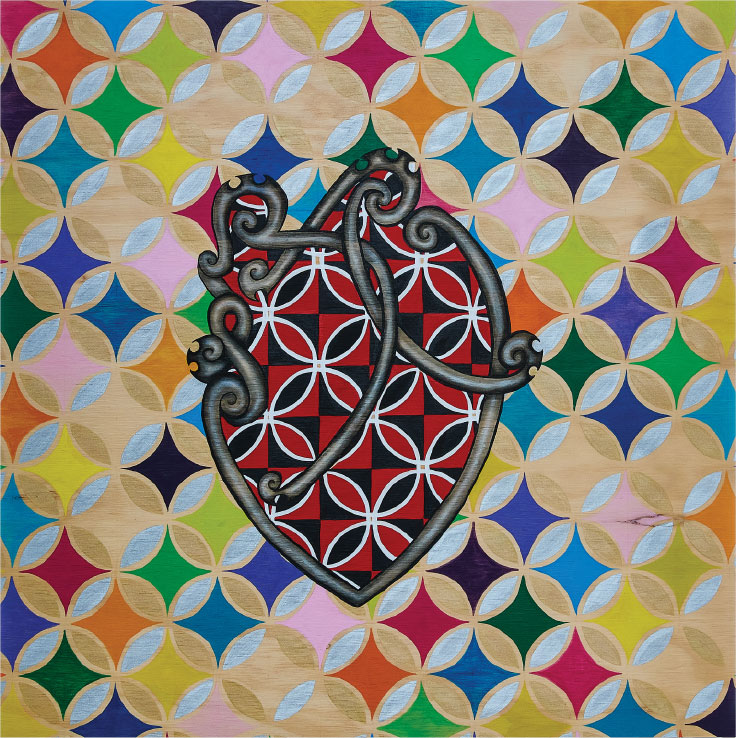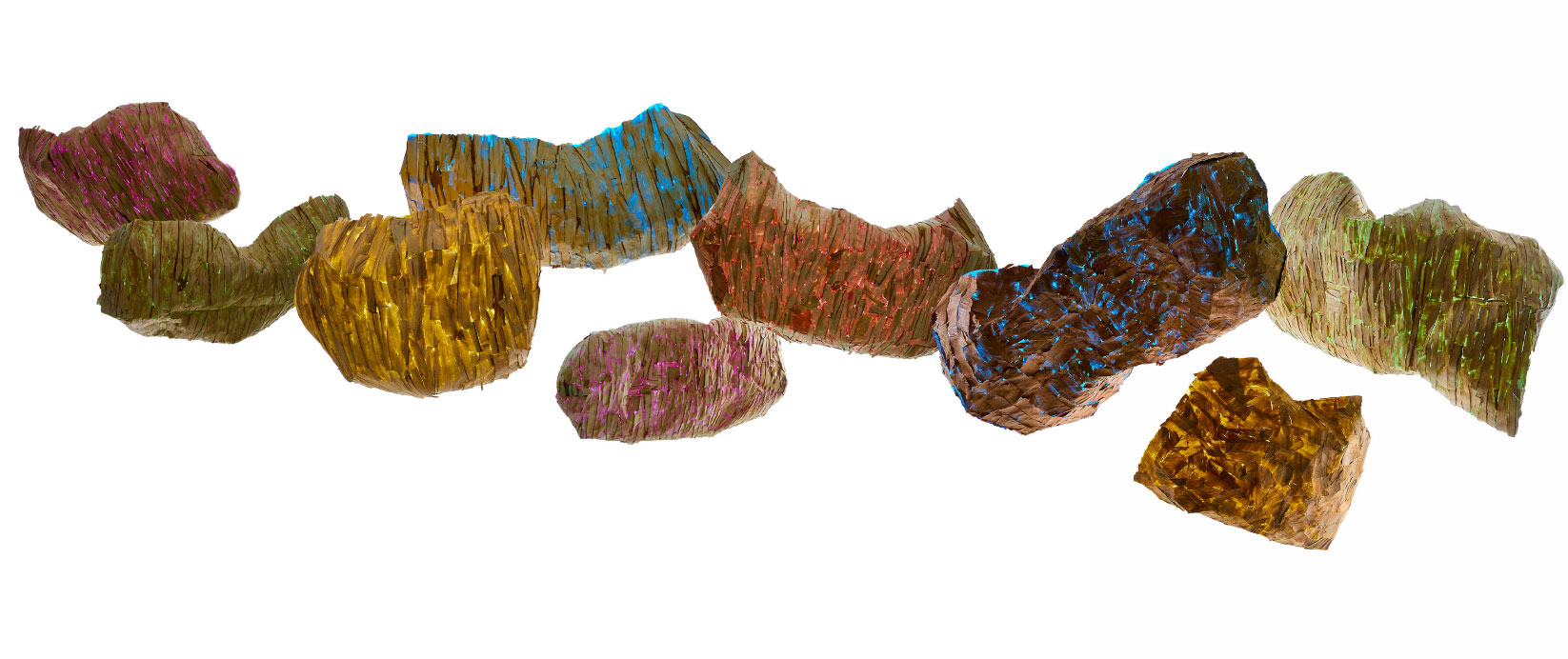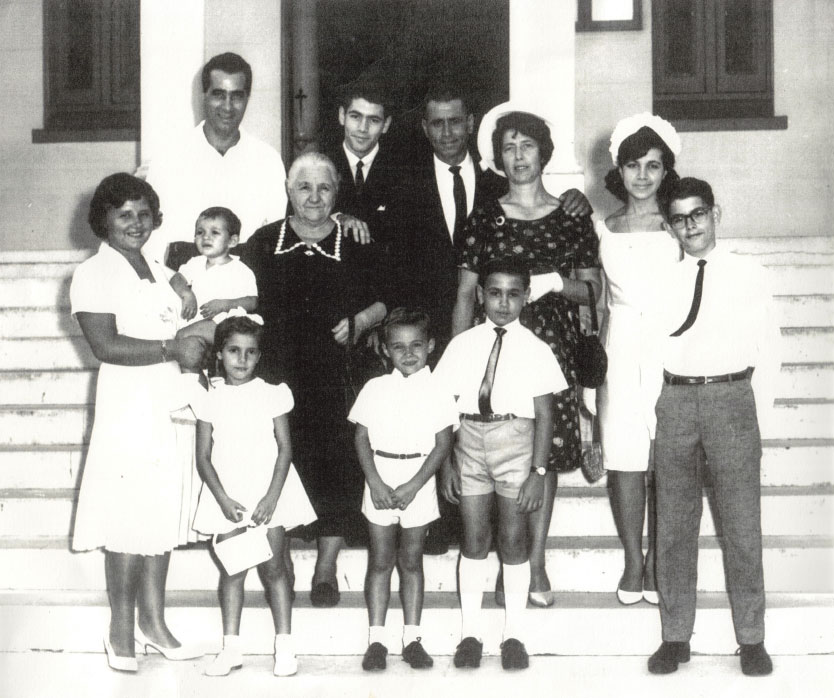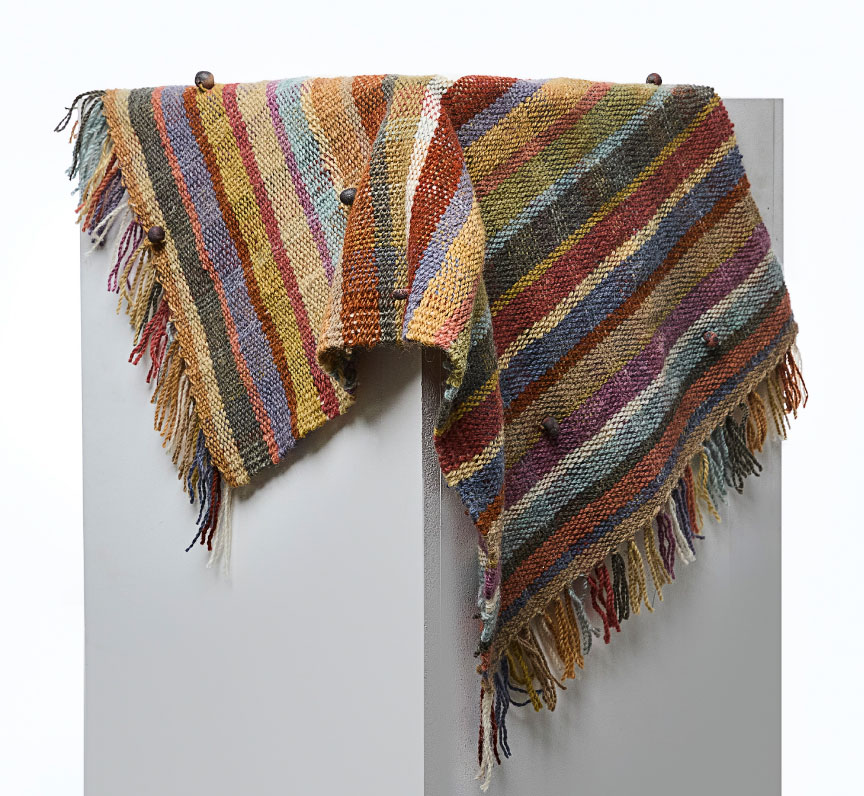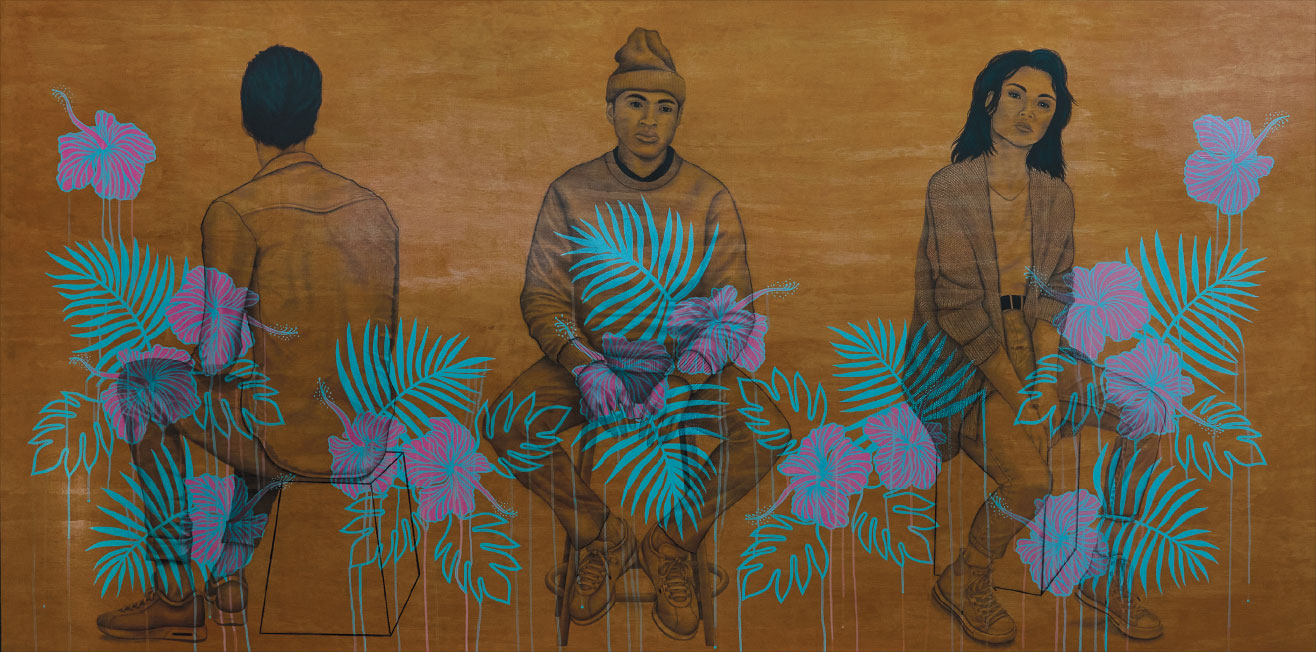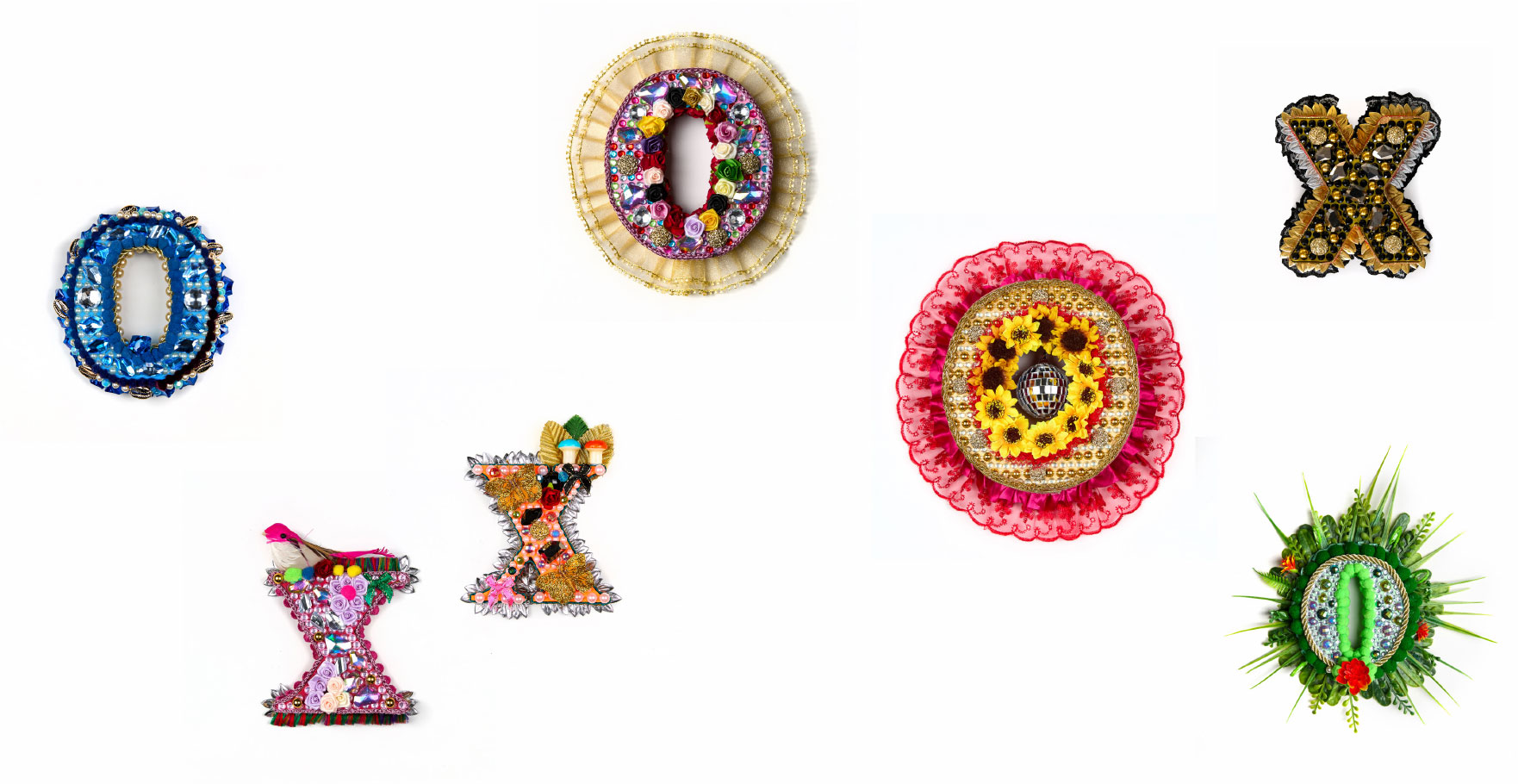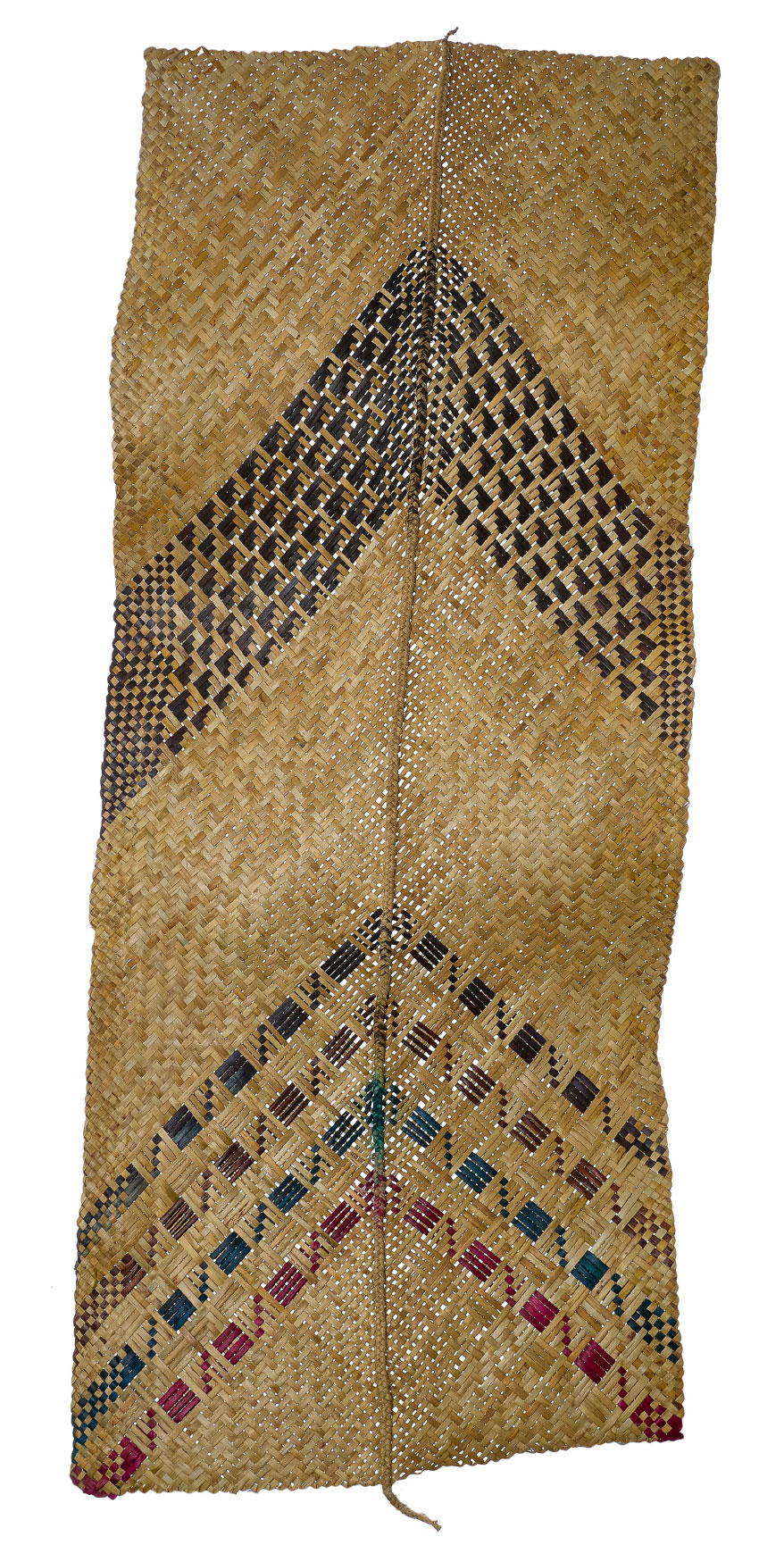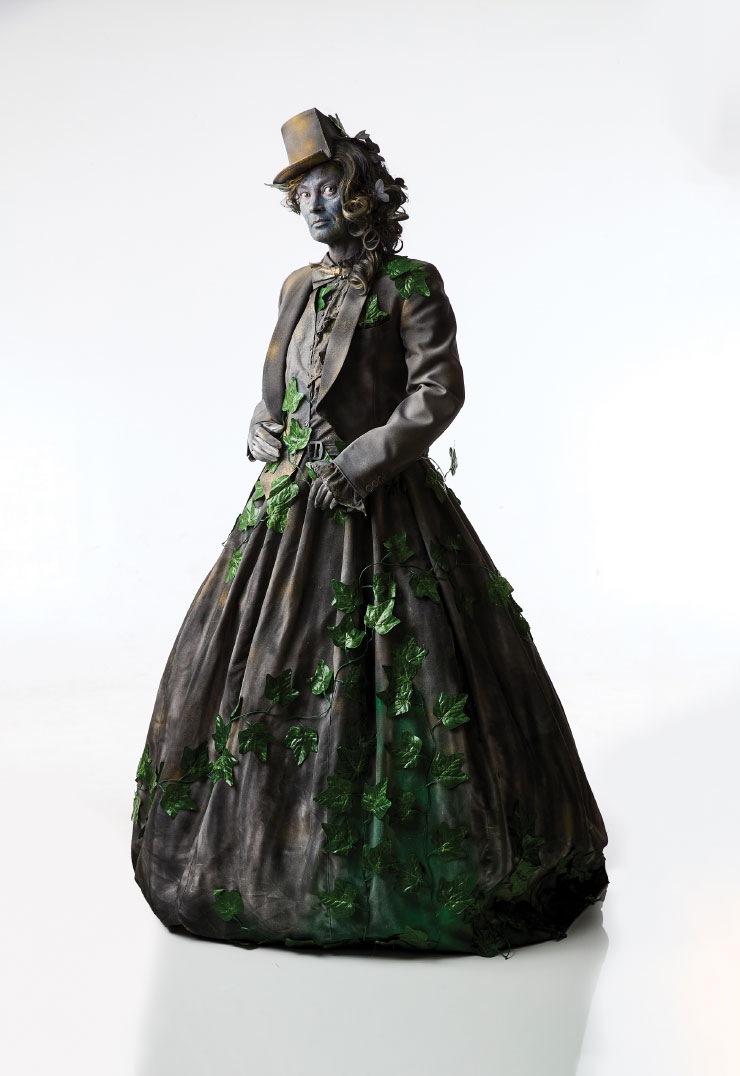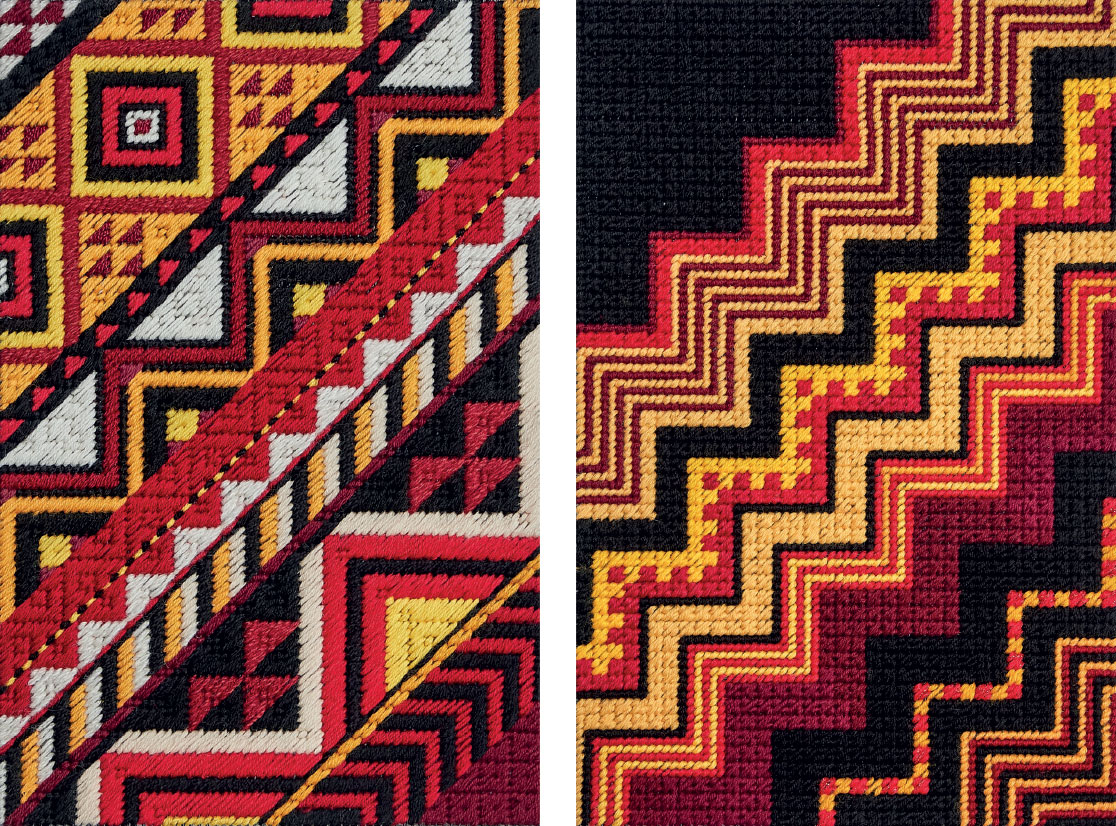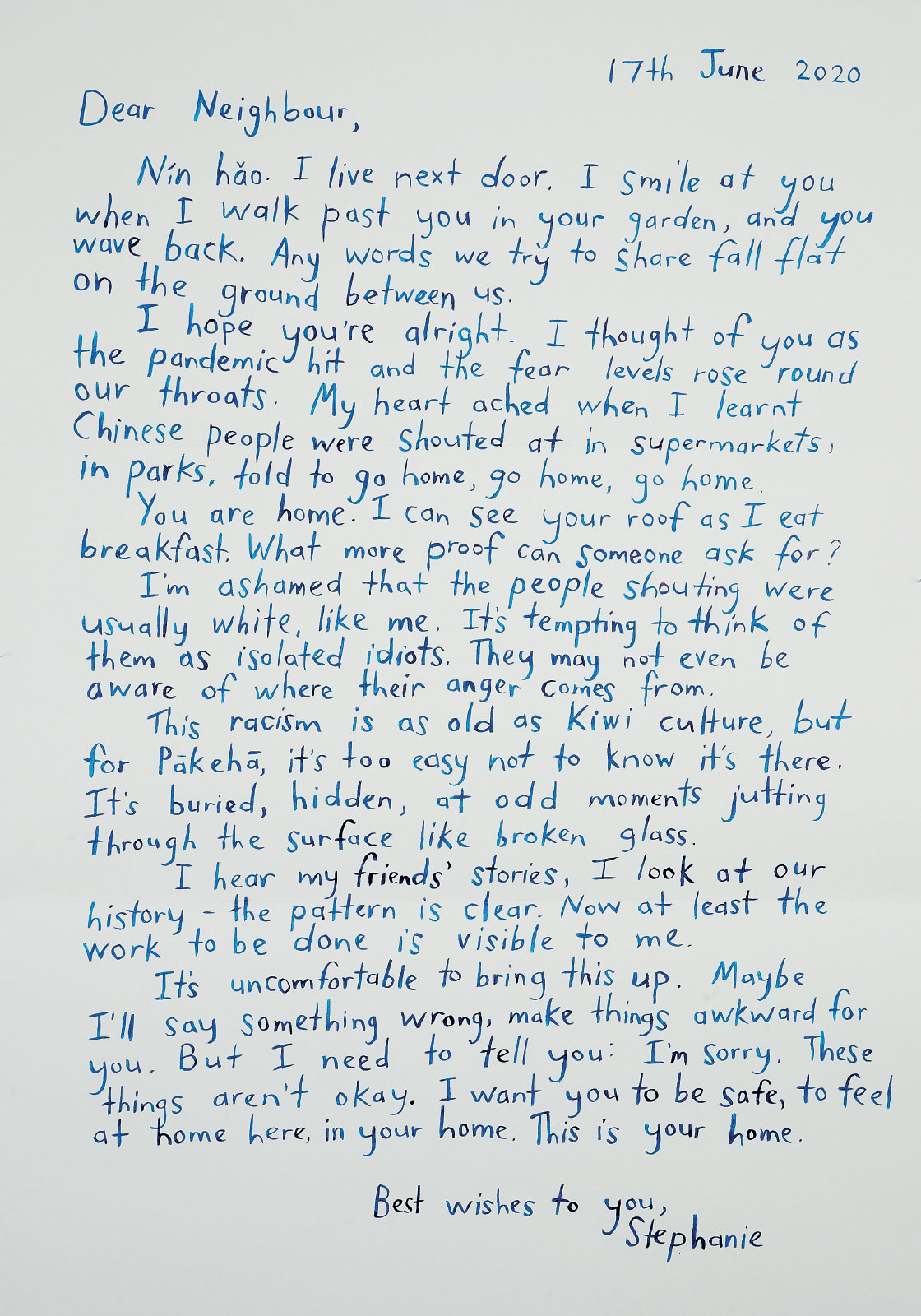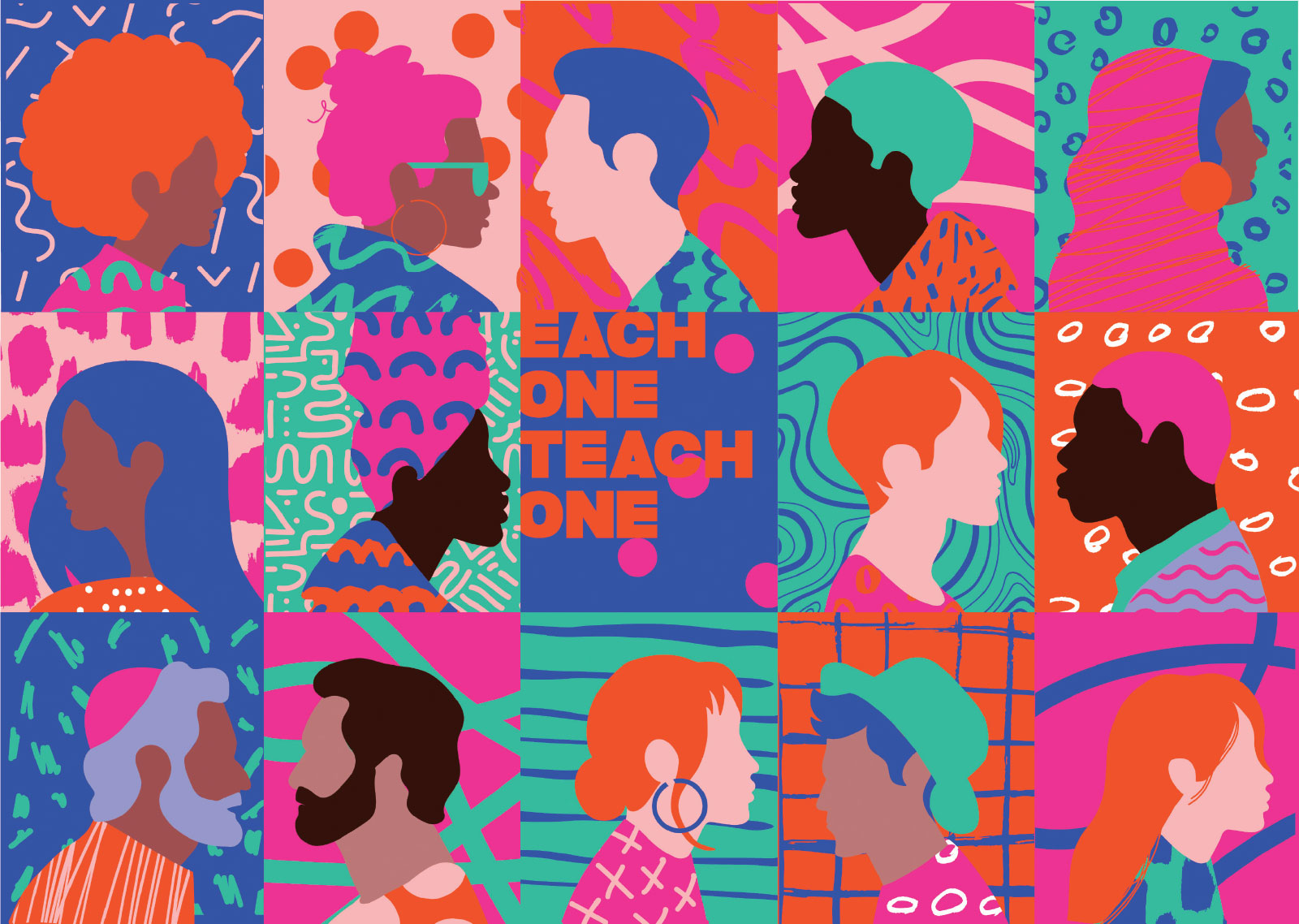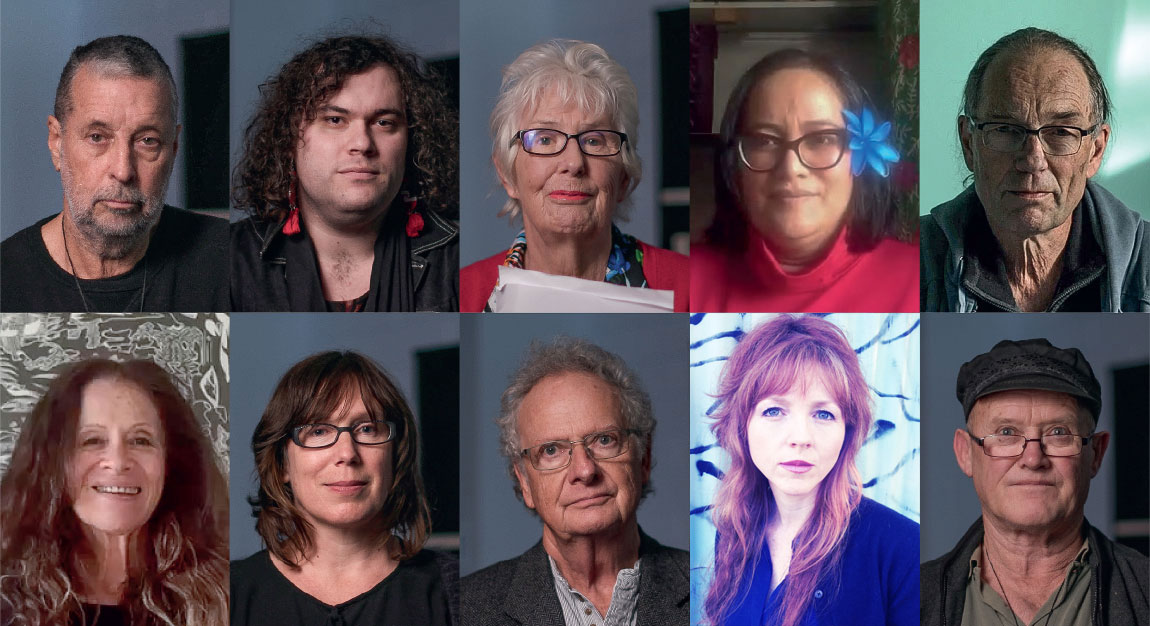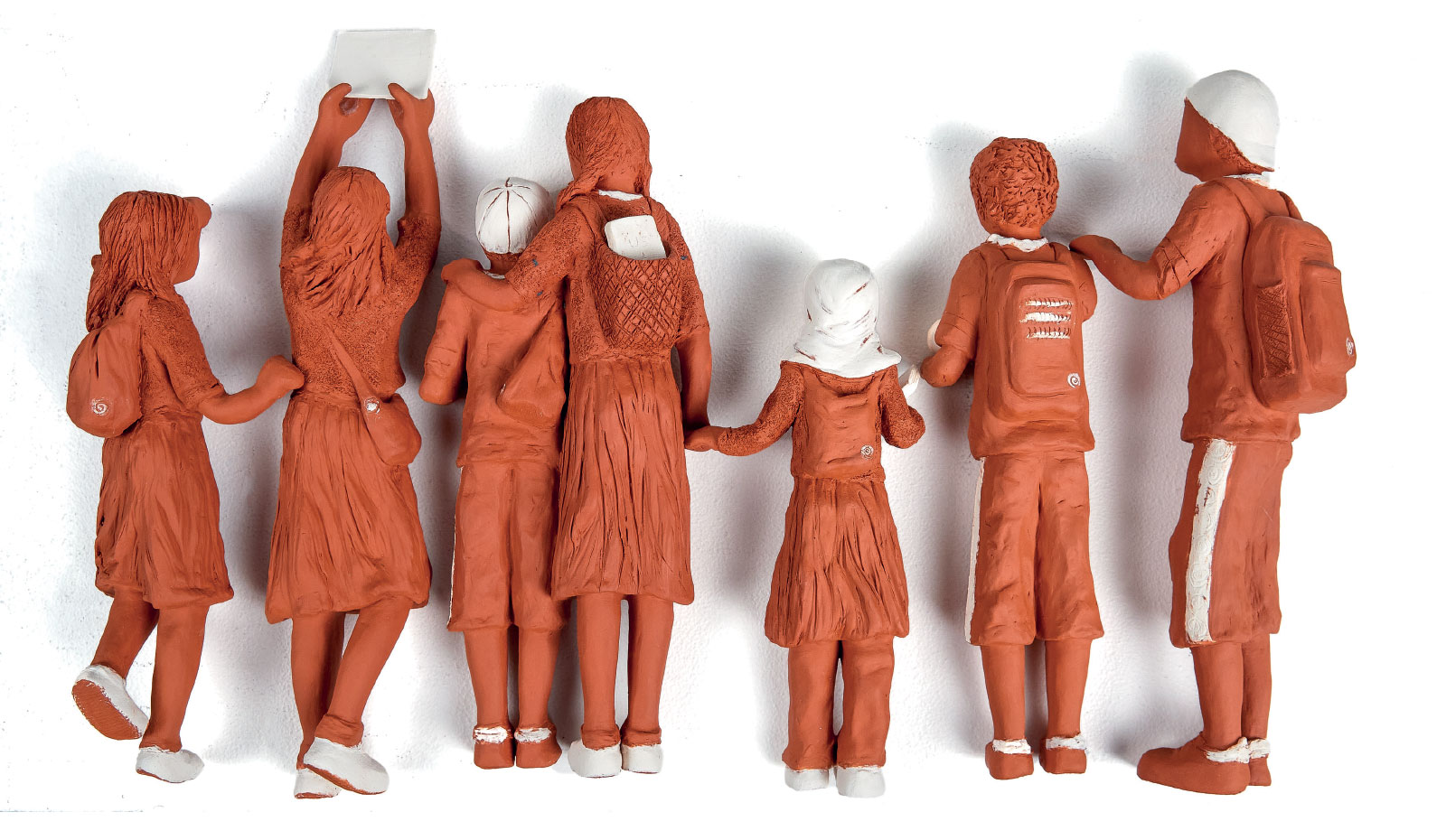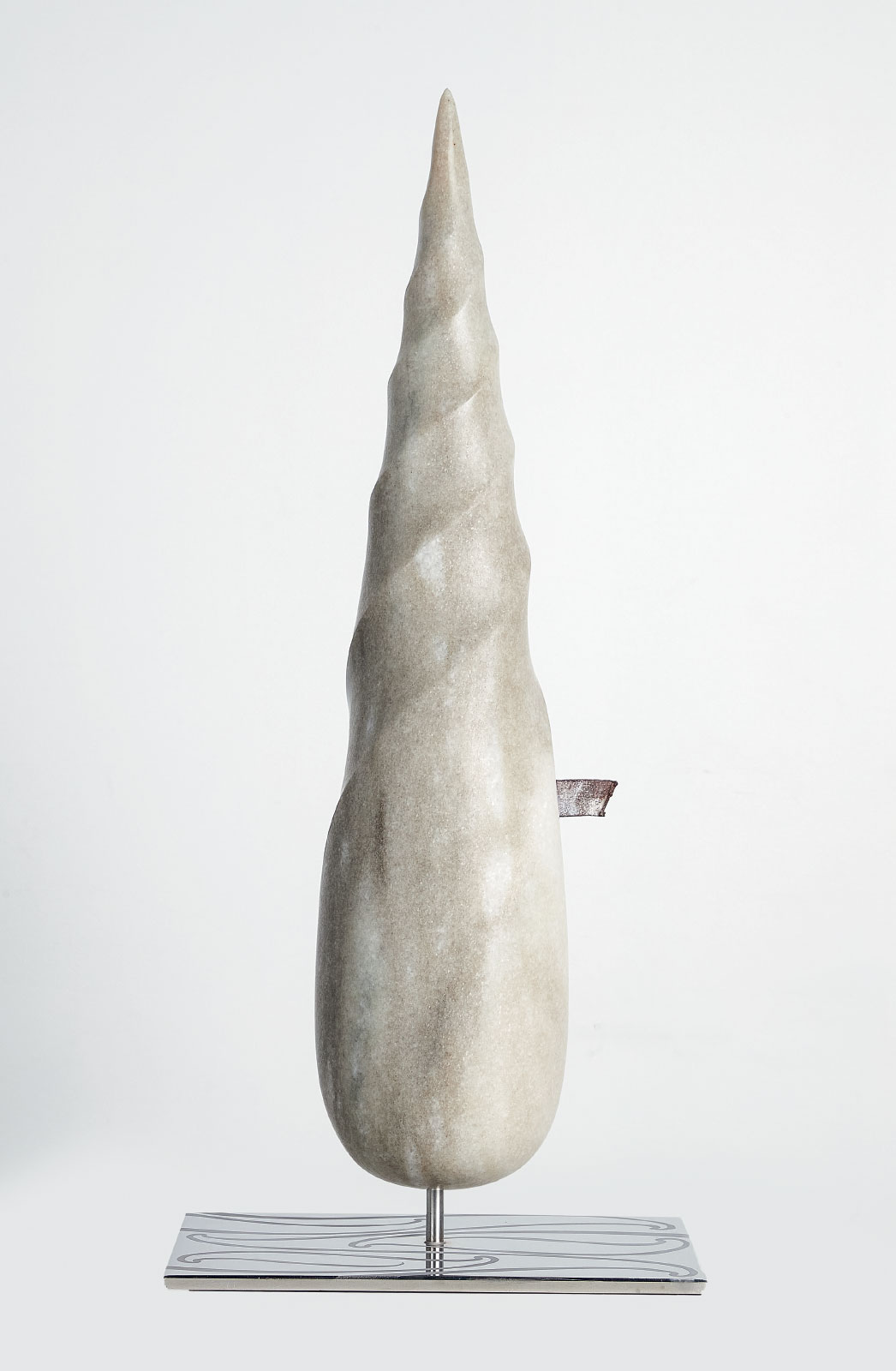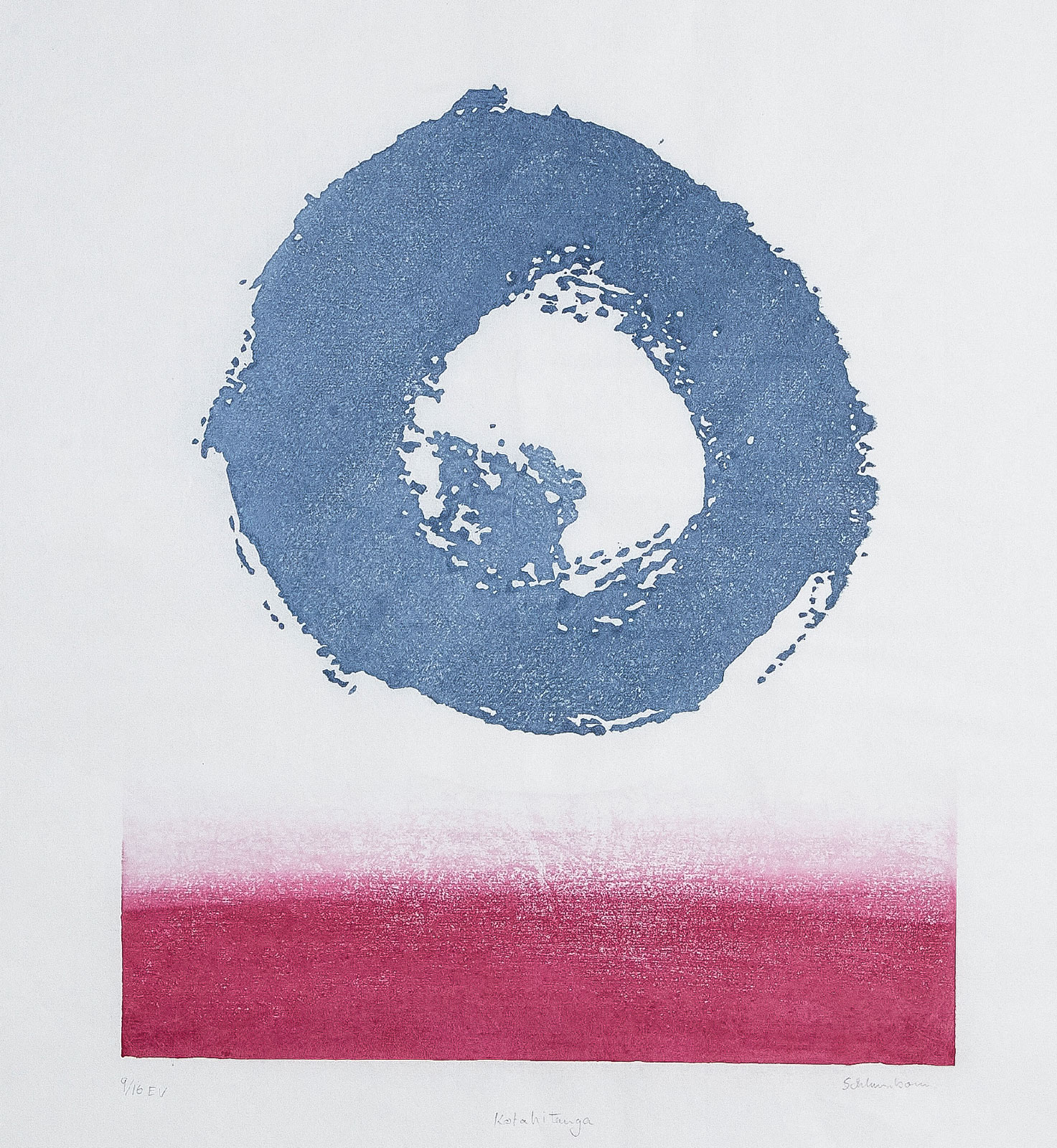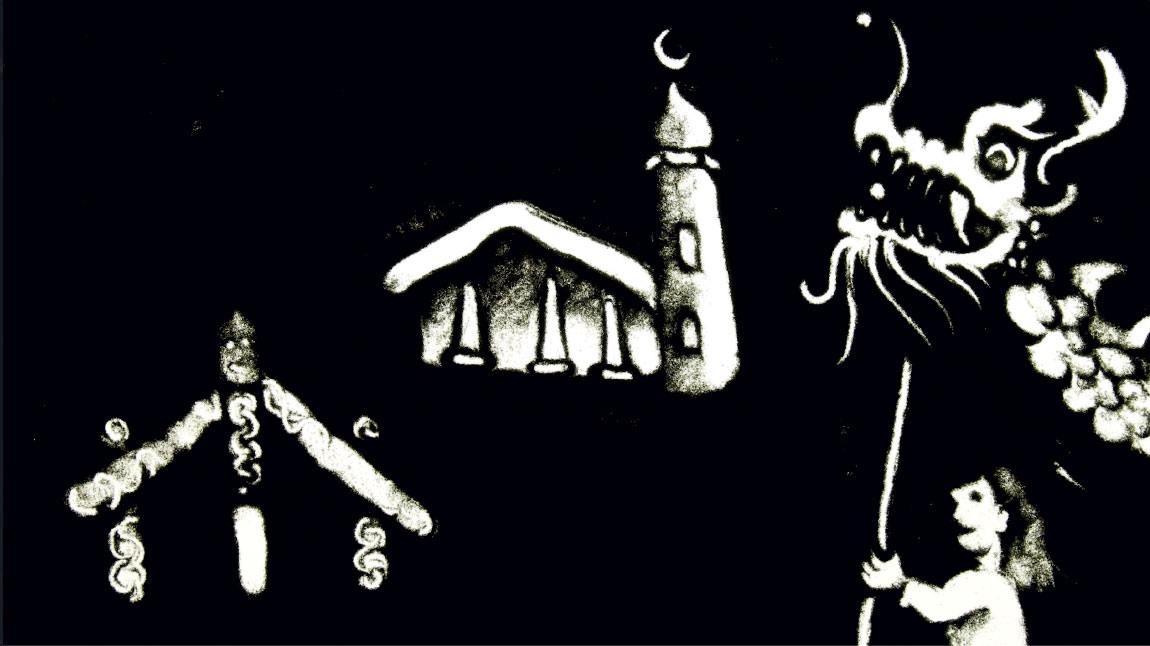The traditional Japanese Shippō pattern is combined with customary Māori colours of black, white and red. 心 Kotahi Aroha Ngākau Tahi speaks to the strength of a diverse, collective community.
Ka Pō Ho‘iho‘i depicts a nebula, the birthplace of stars, to inspire a return to Pō, as creation. It expresses the genealogical connection between humans and the stars, reclaiming black as abundant and life giving.
Different types of wood are merged to create a whole unified piece. Honohono draws inspiration from symbiotic relationships in nature and our Māori pantheon.
An audio recording featuring an interview and musical accompaniment. Fiume tells the story of Nick’s mother-in-law Rosalia Bell, an Italian refugee whose family was persecuted by the fascist regime that governed Italy from 1922-1945.
Community Cloth features strands of dyed wool, symbolising a diverse community. Clay beads convey the burdens we all carry and share, and our connection to earth and each other.
Hear Me Out speaks to the negative space that ignorance, intolerance and isolation creates. Water and Pasifika symbols show the life force that connects us as one.
Seven X and O sculptures give viewers a metaphorical kiss and hug. Look up! references Matariki and reminds us to look up to connect ourselves to earth.
Shared Life Lines tells the stories of Waikato migrant families and their experiences living in Aotearoa. The use of lines and colours show that no matter where we come from, we are all connected.
Three Reflections features three mini-movements based around piano and voice. The piece prioritises the universality of music and its ability to transcend language, racial and ethnic barriers.
Tūtahi Kanorau represents the whakataukī “Kia mau ki tena, kia mau ki te Kawau maro”. Spoken by Maniapoto, the chief of Ngāti Maniapoto, the proverb talks of kotahitanga, collective strength and determination towards a united future.
A costume piece and performance representing both male and female, and young and old. They Just Are illustrates that it doesn’t matter who you are, we are all united as one.
2020
Kotahi te poutama and E rua te poutama are needlework pieces transformed into posters based on raranga and taniko patterns. The works use the universal language of weaving to comment on cross-cultural similarities and differences.
Letter to my neighbour is an emotive commentary on racism, unspoken exclusion, privilege, and the concept of home.
Each One Teach One is an illustrated portrait of people of different colours combined with dynamic and bold patterns. The piece represents one, harmonious, vibrant and multi-coloured community.
Kotahitanga is a collection of ten poems written by Waikato-based poets on the themes of kotahitanga (unity), manākitanga (sharing and support) and whakawhāititanga (inclusion).
US is a terracotta and paper clay piece littered with symbolism which highlights the power of teamwork and the joy of using individual strengths towards the victory of unity.
Using Takaka marble sourced from a demolished part of Wellington’s Parliament building, Roimata (teardrop) is a twisted teardrop sculpture which expresses the notion of unity; all races being victim of racism in one form or other.
Across many cultures, the circle represents unity, eternity, and serenity. Circle of Kotahitanga uses this motif to speak about the strength of understanding and coming together.
Engage is a diverse collection of voices answering the question, ‘How can we support kotahitanga in the Waikato?’ Sand animation illustrates the answers ranging from the pragmatic to the philosophical and calls for real action towards a more united community.


